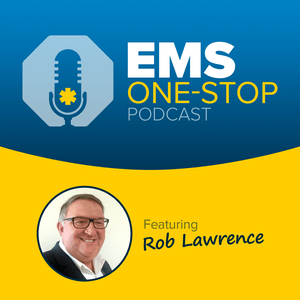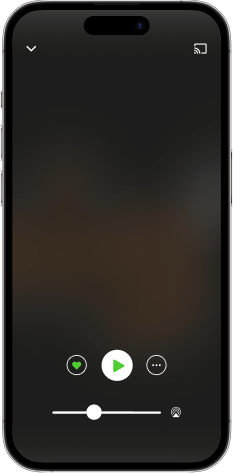In this edition of the EMS One-Stop podcast, host Rob Lawrence Zooms (literally) from the U.K. to South Carolina to spotlight one of the nation’s most forward-thinking mobile integrated healthcare programs. Prisma Health’s team has taken community paramedicine beyond buzzwords, designing targeted, evidence-based programs that meet people where they are — both geographically and medically.
| MORE: How North Dakota EMS is confronting rising pediatric mental health crises
Whether it's addiction medicine, rural HIV/HCV treatment or skilled nursing interventions, this team is shifting paradigms on what EMS can and should be doing.
Rob is joined by four key voices from the Prisma Health MIH program:
Luke Estes, director of MIH
Dr. Mirinda Gormley, epidemiologist and biostatistician
Wes Wampler, community paramedic specializing in addiction and infectious disease
Parker Bailes, community paramedic and research contributor
Together, they unpack how passion meets data to drive change, how to earn trust in communities overlooked by traditional systems, and why this work isn’t just novel — it’s necessary. This is EMS in its truest public health form.
Memorable quotes
“You delivered the goods—data-driven, community-connected care — and that’s what EMS in 2025 needs more of.” — Rob Lawrence
“When you see some of your people who have a passion for a certain pathway in EMS, you try to give them the reins and say, you're gonna do some good.” — Luke Estes
“One of the big things that we learned from his study was that we really needed to go out and make sure everybody was aware that addiction is a disease.” — Mirinda Gormley
“If we can gain their trust, there’s a lot more that we can kind of weasel our way into to help them solve and get them on a healthier trajectory.” — Wes Wampler
“Walking into the (care) facility with the mindset of, ‘I'm going to do everything I can to keep you here,’ was a big shift for me.” — Parker Bailes
“If we can set them up to be successful after they leave the hospital, I think that's the best way to get them reengaged with the hospital.” — Wes Wampler
“As their leader … all I have to say is, what do you need? I'm here to support you.” — Luke Estes
Additional resources
EMS Clinician Perceptions on Prehospital Buprenorphine Administration Programs: Prehospital Emergency Care: Vol 29 , No 4
Implementation Barriers of Prehospital Buprenorphine Administration Programs in the United States: A Scoping Review: Prehospital Emergency Care: Vol 29 , No 4
Using Community Paramedicine to Treat Hepatitis C Virus in Upstate South Carolina - PMC
Luke Estes BA, NRP, CCEMTP, PNCCT, FP-C, CP-C | LinkedIn
Wesley Wampler | LinkedIn
Support for harm reduction by community EMS
How does a community re-imagine compassion to avoid crisis whenever possible?
Breaking barriers: Hennepin EMS leads the way in safely implementing buprenorphine
Episode timeline
00:51 – Introduction to Prisma Health MIH & guests
03:00 – Luke Estes overview of MIH models (ETS, SDOH, addiction)
05:00 – Dr. Gormley’s public health journey, data-opioid focus
08:00 – Buprenorphine pilot design and research outcomes
10:15 – Challenges: bias, stigma, barriers to addiction care
13:00 – Funding and sustainability conversation
14:00 – Wes Wampler on daily workflow in addiction medicine and HCV care
17:00 – Building trust with vulnerable populations
18:30 – Parker Bailes discusses traditional CP role and skilled nursing interventions
21:45 – Alternative destinations, lab draws and high-acuity decisions
25:30 – Training: internal education, ultrasound, medication management
28:15 – Prisma’s med school connection and disaster response evolution
30:00 – State-level partnerships: SC EMS Assn, FEMA typing, CP strike teams
31:56 – Academic next steps from Dr. Gormley: scaling, publishing, process evals
35:26 – Final reflections from Luke Estes: passion, team strength and mission
38:00 – Rob’s call to action: “If you want your own Prisma team — start now.”
Enjoying the show? Email
[email protected] to share feedback or suggest future guests.


